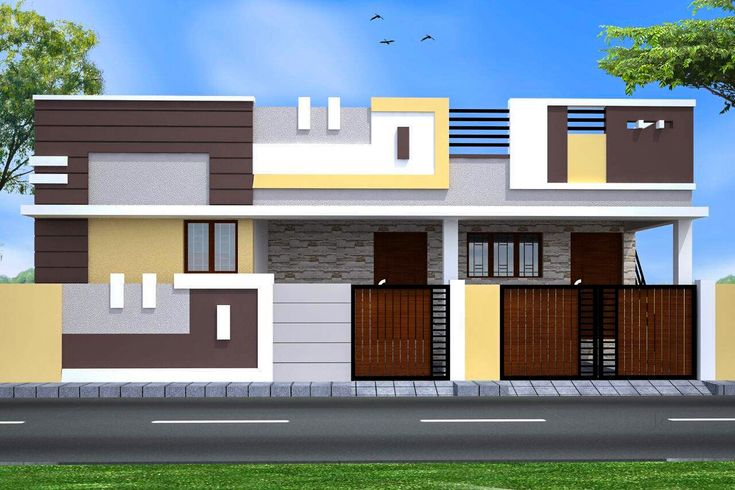An elevation is a two-dimensional drawing that shows the top and sides of a building. An elevation is different from a floor plan, which shows only the space below or above a fixed point. In a floor plan, you can see all the angles of a room or a building, but an elevation provides a realistic perspective. An elevation is not a scale model, but rather a representation of the actual design and appearance of a building.
The most common use for an elevation drawing is for architectural and structural details. It is used to identify surface features such as roof treatment. Unlike floor plans, elevation drawings are rarely just simple rectangular shapes. These drawings are generally the second stage of a project after the floor plan has been finalized. The following is an explanation of how an elevation map works and what its purposes are. You can use it to find out what a building looks like on a particular location.

An elevation map can be helpful for many purposes. It can help with disaster assessments, flood evacuation, railway track construction, electrical cables, and water pipes. It can also be used to help plan the placement of telecommunication towers and other devices. This map can be extremely useful for a variety of reasons, and you can learn more about it by using this website. It’s easy to find elevation maps, whether you’re visiting a city or country, or exploring the surrounding area.
An elevation is a two-dimensional projection of a building or a city. When viewed from the front, it is a flat view. When viewed from an angle, it shows the individual sides of a building. An elevation is a representation of a three-dimensional view. You can click on a word to see more examples. You can even click on the ‘x’ symbol to see a larger version.
An elevation is a two-dimensional representation of the height of a building. An elevation drawing displays a building from the front. The height of a building can be measured in vertical units and horizontally. Its width and length are important in developing the design of a building, as it gives a person a sense of how new development will look. This is a useful tool for engineers and architects to visualize the final results of their work.
In geography, elevation is the height of a mountain. The official height of a mountain is the altitude of the mountain, but there are other ways to measure altitude. A mountain’s altitude is its official height. A website that calculates altitude will use your location to calculate its exact height. If the object is a tall building, it is not considered to be ‘altitude’. In a sense, a building’s height is not its altitude, but the height of the building above it is.
The elevation is the height above sea level of a place or object. A building can have an elevation that is above or below the ground. An elevation can be used for various purposes, from disaster preparedness to the construction of roads and railways. It can even be used to place telecommunication towers and water pipes. If you have a high-resolution image of a city, elevation maps can help you better understand its location and surroundings.
An elevation map shows the surface of the earth in detail. It shows the patterns of geology under the surface. The geological processes of an area determine the surface structures. Magma rising from a volcano and folding in the earth’s surface are two examples of these processes. Scientists can use these maps to understand these processes and predict their effects. Regardless of the reason, a good elevation map can help you decide where to live, work, and play.
A map of elevation is a 3-dimensional representation of the surface of the earth. It shows the patterns that determine the geology beneath the surface. As a result of these processes, the surface structures are formed. Some examples of these structures are faults and folds. Some are created by tectonic movements. Others are the result of magma rising. By analyzing the topography of a region, scientists can predict what will happen in the future.
